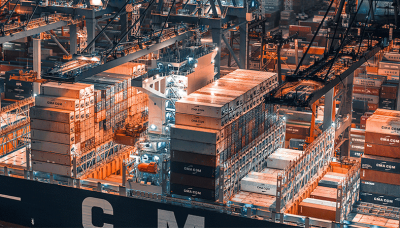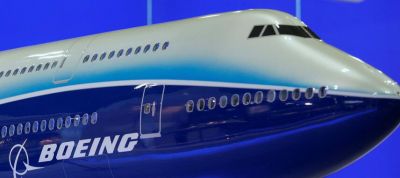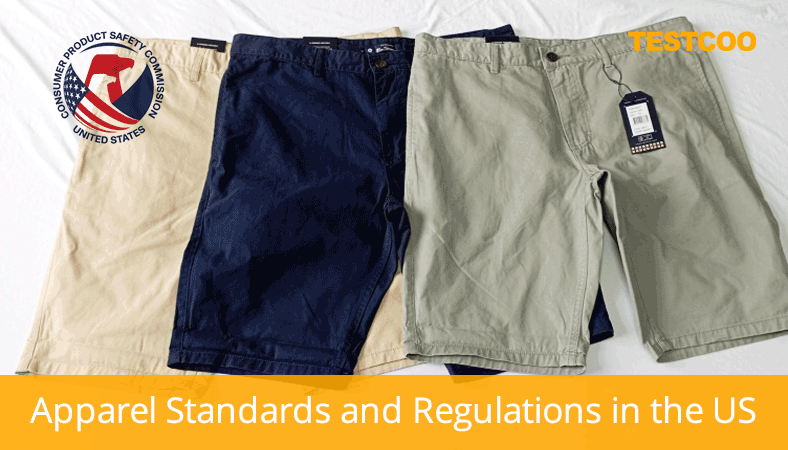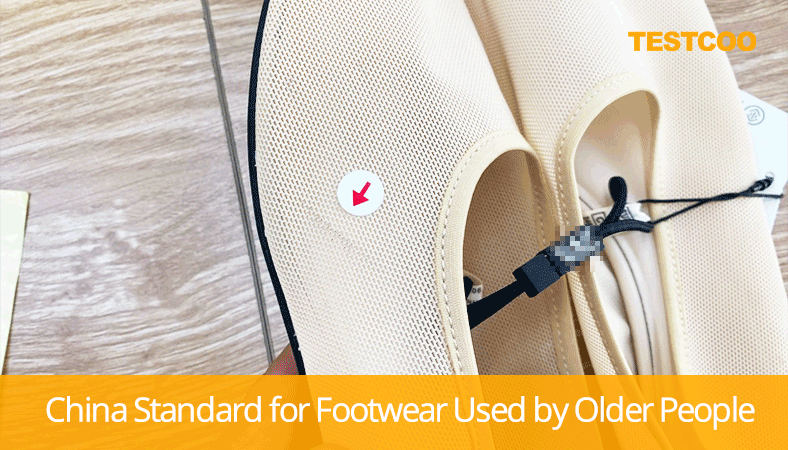Structure Principle and Inspection&CE Service of Mask Ultrasonic Welding Machine
Since the outbreak of COVID-19 in late 2019, people have been required to wear masks whenever they are in public places or on public transport, whether they are in low-risk or high-risk areas. Masks used to be dispensable in daily life, but now they have become a necessity for life basis and epidemic prevention. In the early days of the outbreak, many enterprises switched to mask production. And the equipment for mask production -- mask ultrasonic welding machine, also became a hot demand. Testcoo is dedicated to helping numerous enterprises solve their worries and concerns under the background of epidemic, we can help our partners clarify the CE certification process of mask welding machines, sort out the key points of certification, help enterprises successfully pass the European CE certification of mask welding machine, and win more market opportunities.
Mask ultrasonic welding machine generally consists of pneumatic transmission system, control system, ultrasonic generator, transducer and so on. Among them, the ultrasonic generator is a large power ultrasonic plastic welding machine, the generator signal adopts the phase-locked frequency automatic tracking circuit, so that the frequency of the generator output is basically consistent with the resonant frequency of the transducer. The generator used in ultrasonic plastic welding machine with power above 500W adopts self-excited power oscillator and has certain frequency tracking capability. As the core component of mask machine, ultrasonic welding machine is the most important in the CE certification process.
The welding technology used in mask manufacturing -- ultrasonic welding is realized by ultrasonic generator. Ultrasonic welding enables high frequency vibration waves to be transferred to the surfaces of two objects under welding. Under the condition of pressure, the surfaces of two objects rub against each other to form fusion between molecular layers. Some indentations completed by ultrasonic welding can be seen obviously on the mask, such as the sealing edge, ear band and air valve.
In the production process of masks, weldings of plastic nose bridge, post-hem welding, breathing valve welding, multi-layer seam welding and ear band welding are all completed by ultrasonic welding.
Ultrasonic welding uses an ultrasonic generator to convert 50/60Hz current into 15, 20, 30 or 40 kHz electrical energy. The converted high frequency electrical energy is again converted by a transducer into mechanical motion of the same frequency, which is then transmitted to the welding head through a set of amplitudes that can be changed. The welding head transmits the received vibration energy to the joint of the workpiece to be welded, where the vibration energy is converted into heat energy by friction to melt the plastic. Ultrasonic action on the thermoplastic plastic contact surface, will produce tens of thousands of high frequency vibration per second, this high frequency vibration to a certain amplitude, through the welding parts of the ultrasonic energy to the welding area, because the welding area is two welding interface at the sound resistance, so it will produce local high temperature. And because of the poor thermal conductivity of plastic, it can not be timely distributed, gathered in the welding area, resulting in the rapid melting of the two plastic contact surface, plus a certain pressure, so that the fusion into one. When the ultrasonic wave stops, let the pressure continue for a few seconds, so that it solidifies, so that a strong molecular chain is formed, to achieve the purpose of welding, welding intensity can be close to the intensity of the raw material. Ultrasonic waves can be used not only to weld hard thermoplastics, but also to process fabrics and films.
The main components of an ultrasonic welding system include an ultrasonic generator, a transducer, a boom/welding head triplet, a die and a frame. Linear vibration friction welding uses friction heat generated on the contact surface of two workpieces to be welded to melt the plastic. The reciprocating movement of a workpiece on another surface with a certain displacement or amplitude under a certain pressure. The vibration will soon stop once the desired degree of welding is achieved, while a certain amount of pressure is applied to the two workpieces, causing the newly welded parts to cool and solidify, forming a tight bond. Rail vibration friction welding is a kind of welding method using friction heat energy. In rail vibration friction welding, the upper part moves in a circular motion in all directions at a fixed speed. The motion produces heat that brings the welded parts of the two plastic parts to the melting point. Once the plastic begins to melt, the motion stops and the welded parts of the two workpieces solidify and join firmly together. Small clamping forces will result in minimal deformation of the workpiece. Parts up to 10 inches in diameter can be welded using rail type vibration friction.
Testcoo Industrial Services provides CE certification for a wide range of industrial electrical products including ultrasonic welding machines (e.g. frequency converters, chargers, power distribution cabinets, etc.).
Testcoo is a highly professional company to help you perform the inspection process of mask ultrasonic welding machine, and we follow the rules of Acceptable Quality Level (AQL) to do the testing, if you happen to have such needs or similar needs to inspect products like mask ultrasonic welding machine, pls feel free to contact with us and we will offer you the most professional service which is most cost-effective! Testcoo owns a self-developed booking system and a multinational working net. With newly researched VR Factory Audit service, it enables you to see every single detail of the factory!
Contact us for a free sample test report at:Sample Report
Free Sample Report Performance Quality Control
Download a sample report to keep control of your supply chain!
Featured Articles
 Quality Control, Inspection Services in China
Quality Control, Inspection Services in China How Should Traditional Inspection Industry Transit In Industrial 4.0 Era
How Should Traditional Inspection Industry Transit In Industrial 4.0 Era How Do We Make 1+1 More Than 2. Testcoo Knows
How Do We Make 1+1 More Than 2. Testcoo Knows Valentine’s Inspection Knowledge
Valentine’s Inspection Knowledge Starting Your Importing Business From China (Part 1)
Starting Your Importing Business From China (Part 1) Time To Worry About Your Partner Factory
Time To Worry About Your Partner Factory Xiaomi In No Hurry For International Expansion
Xiaomi In No Hurry For International Expansion Critical Rise Imported Car Sales In South Korea
Critical Rise Imported Car Sales In South Korea Boeing is building its first overseas factory in China
Boeing is building its first overseas factory in China “315 Evening Gala”——Savior of China’s Quality Issues
“315 Evening Gala”——Savior of China’s Quality Issues



